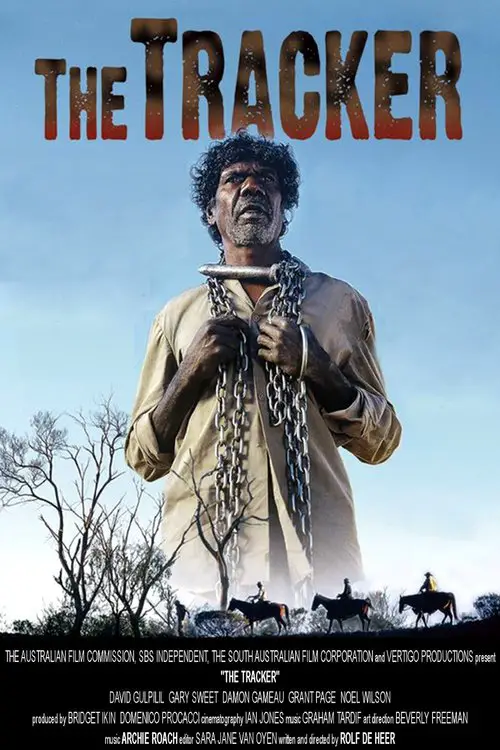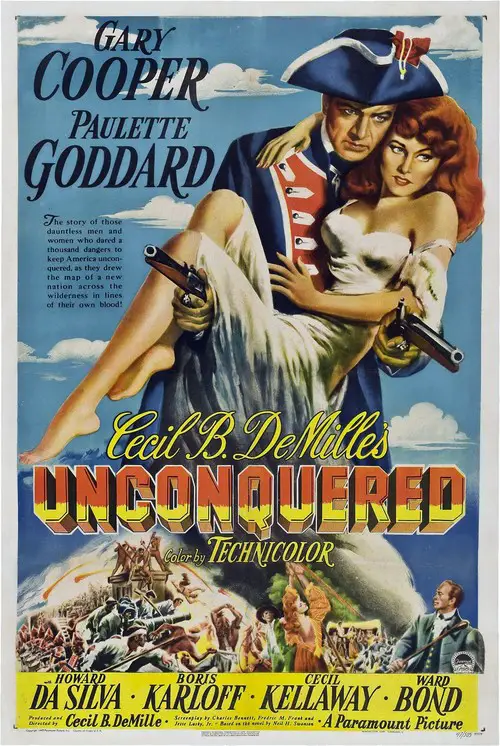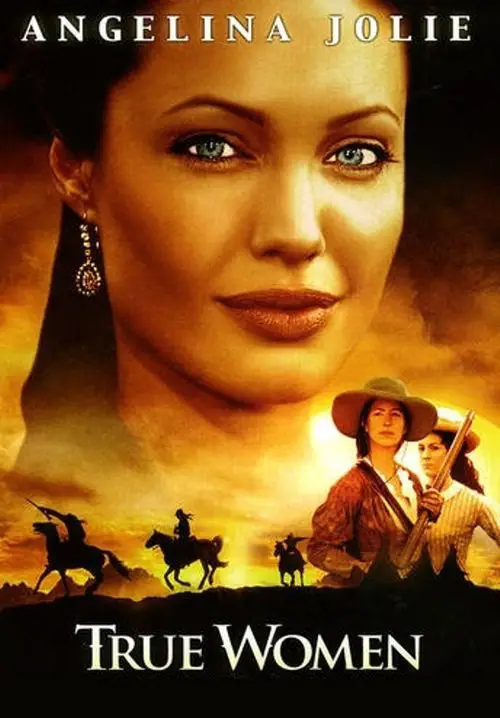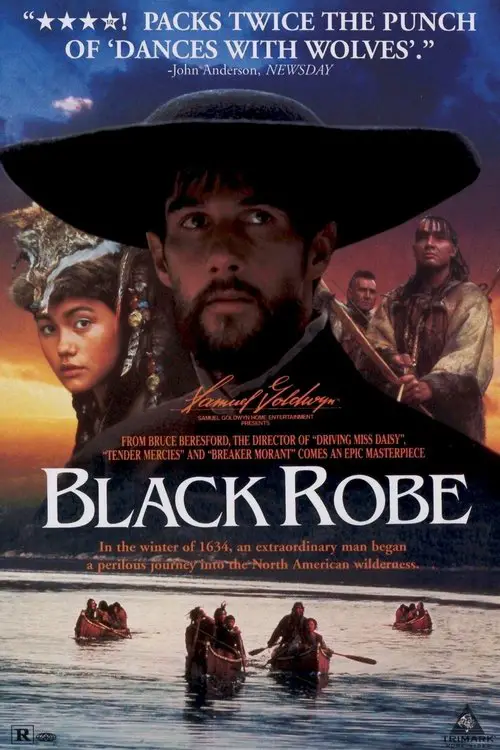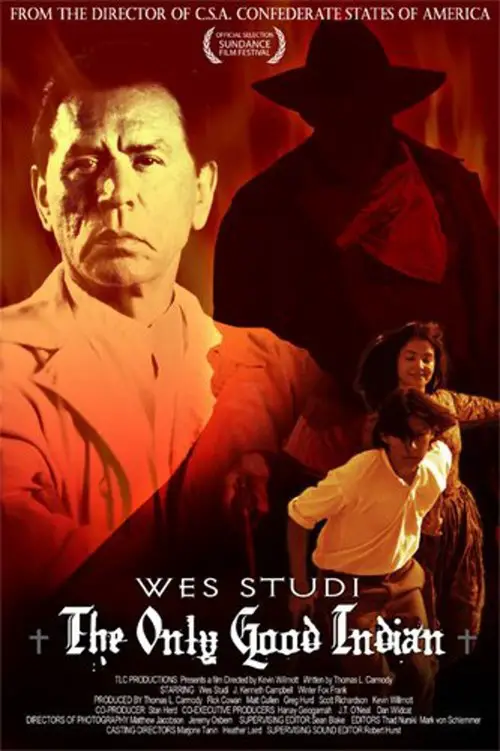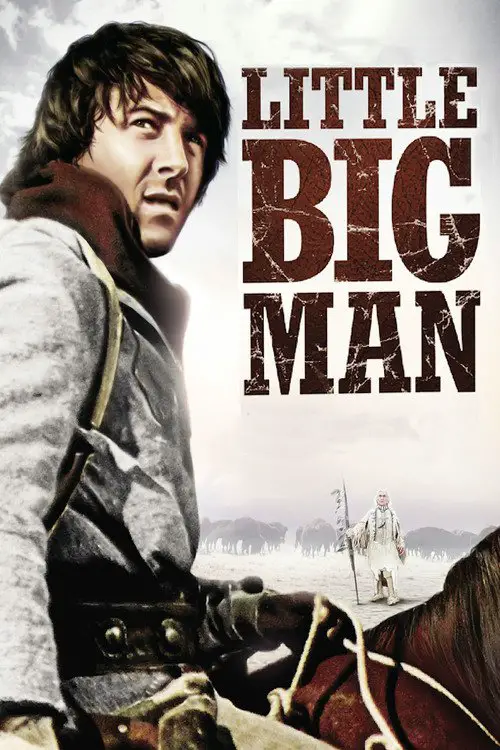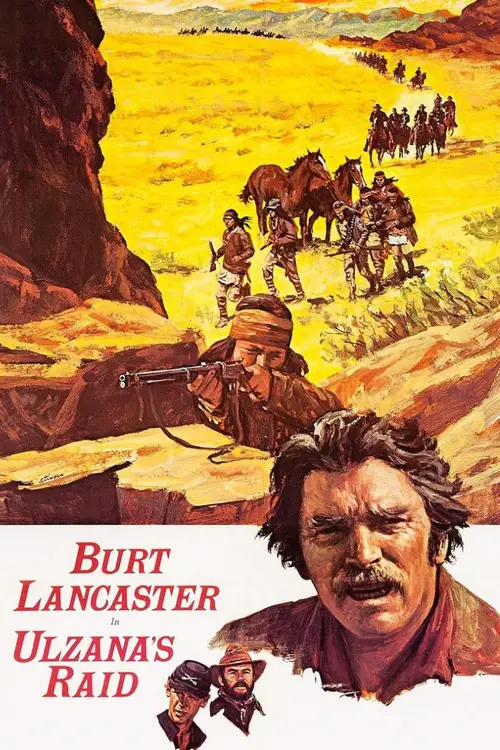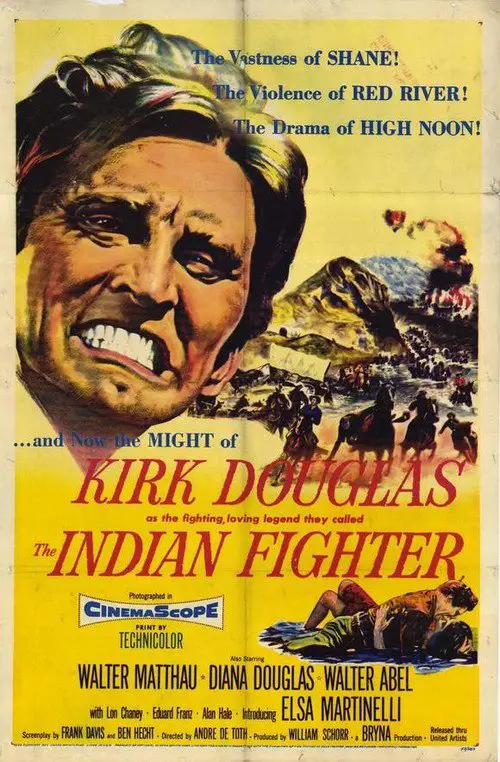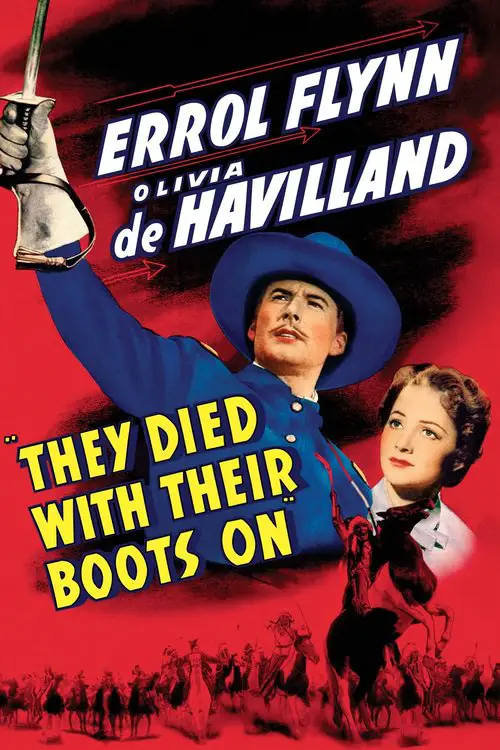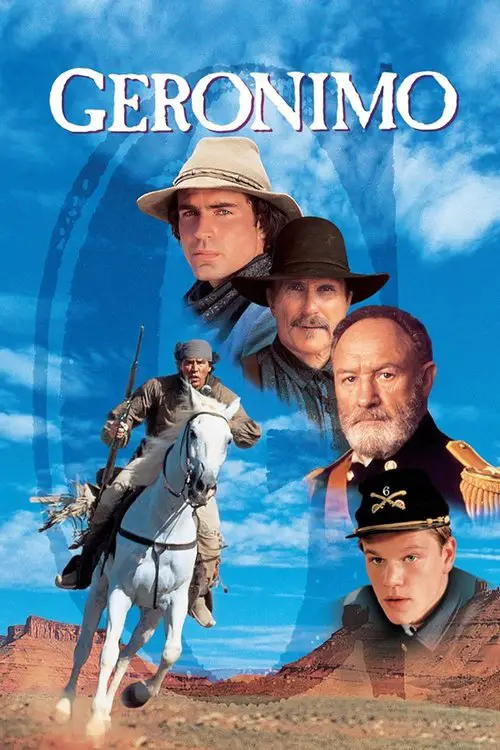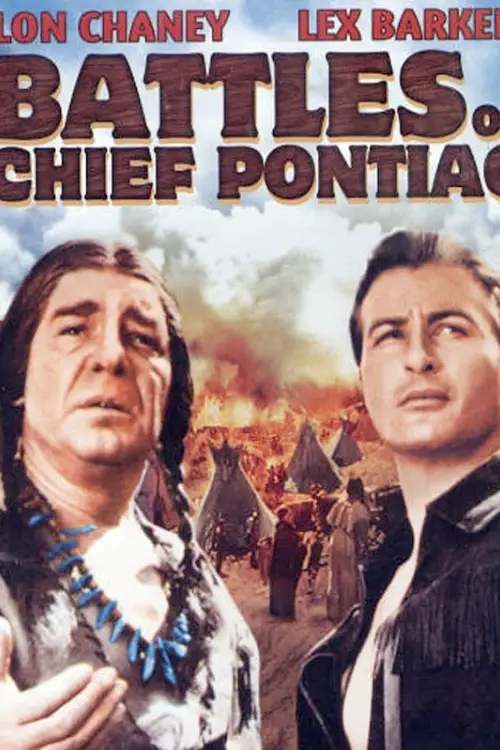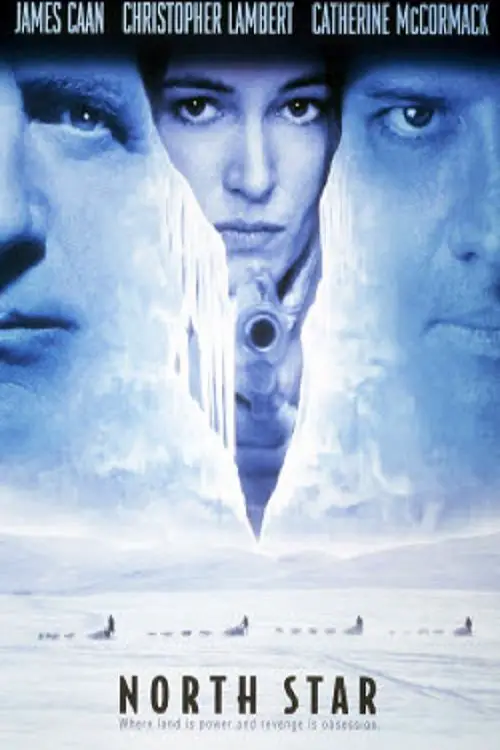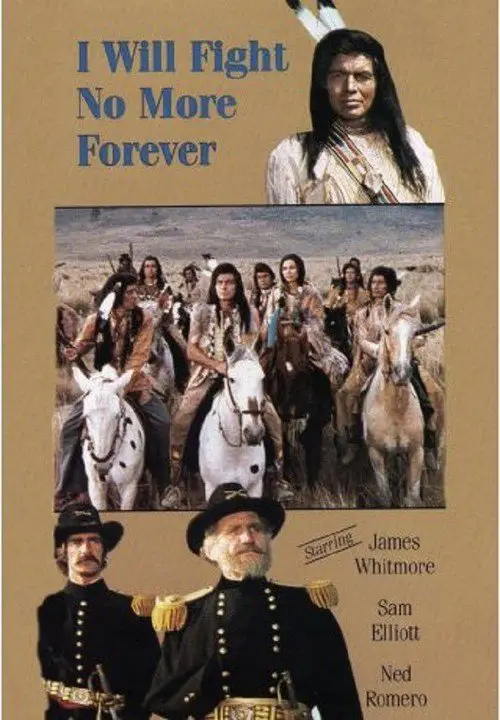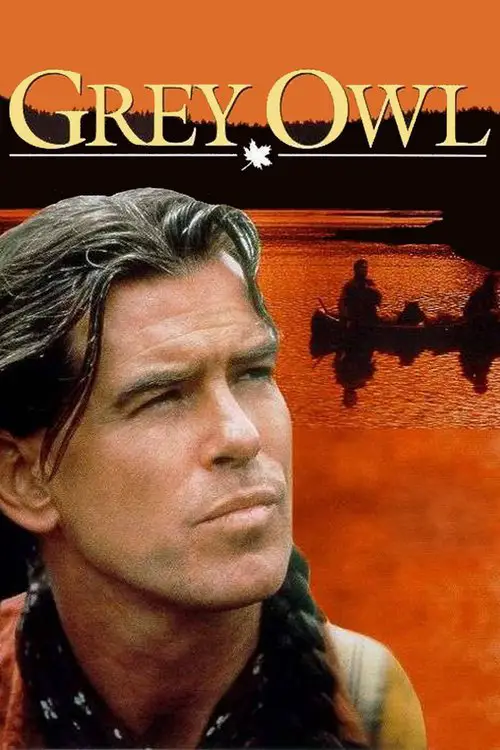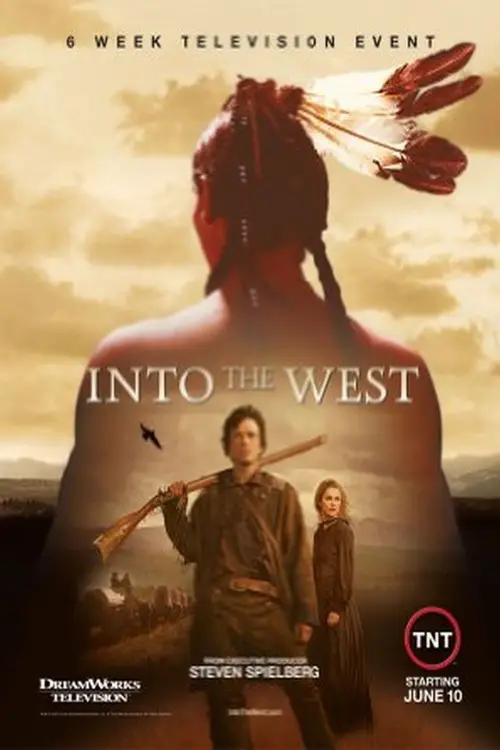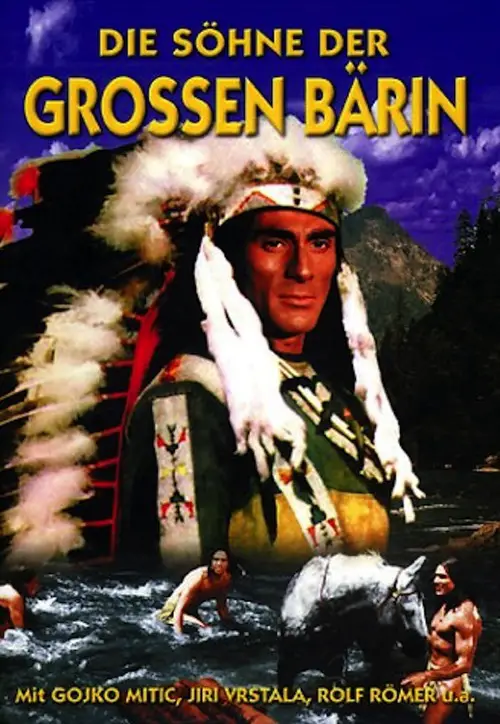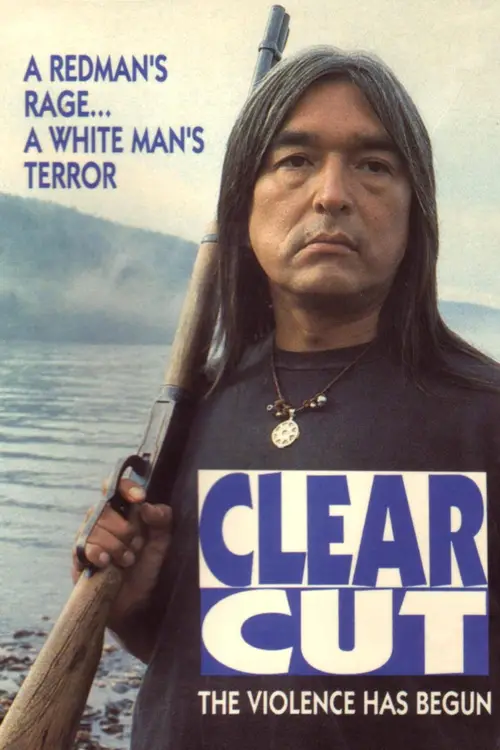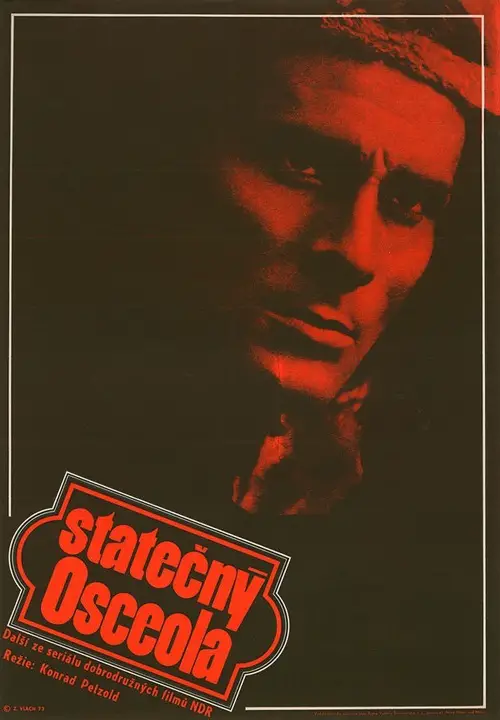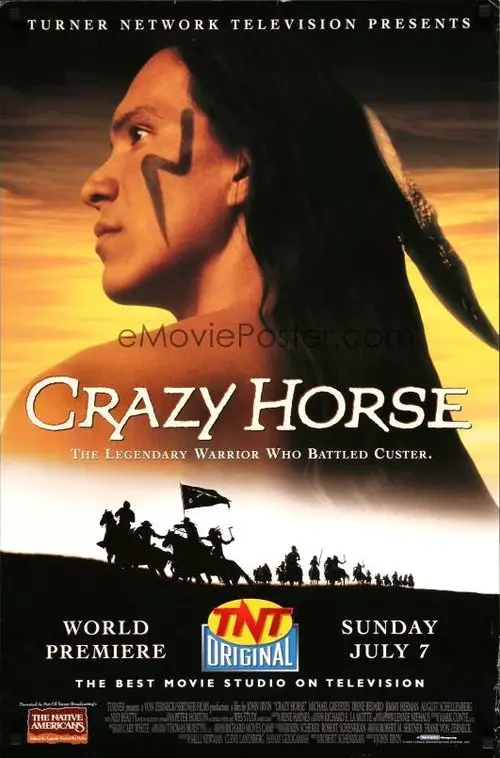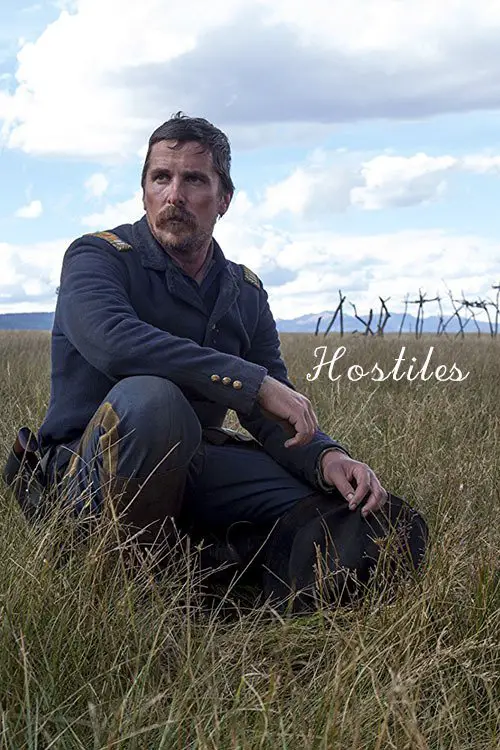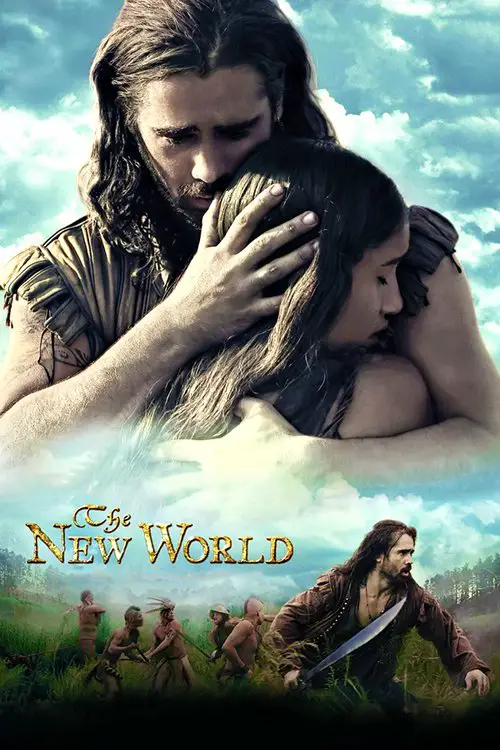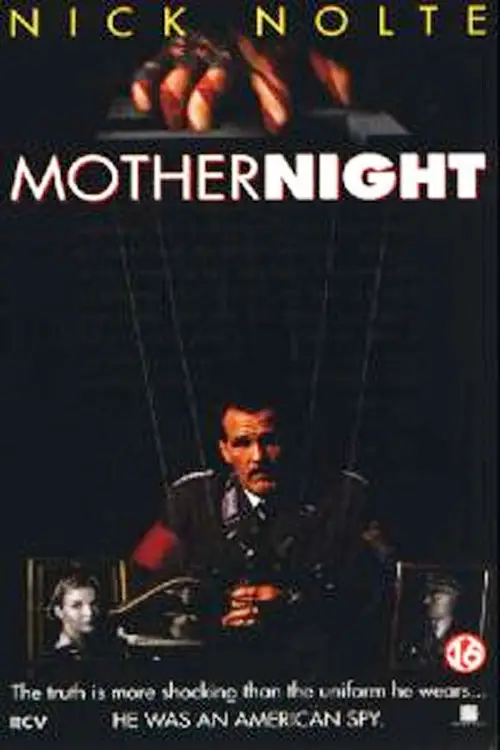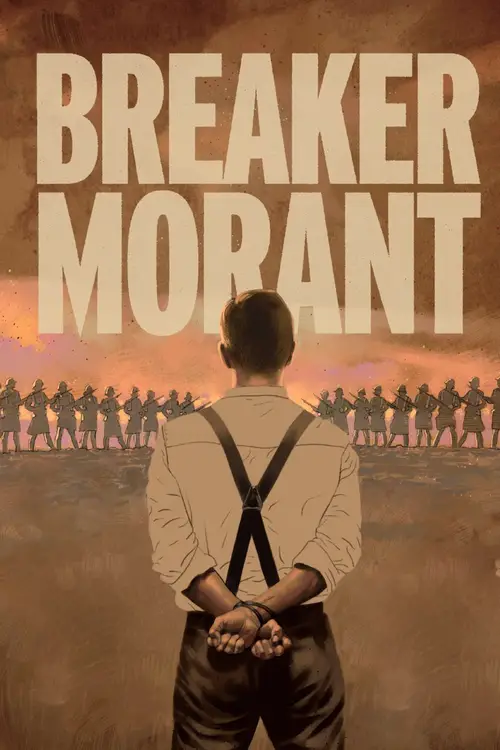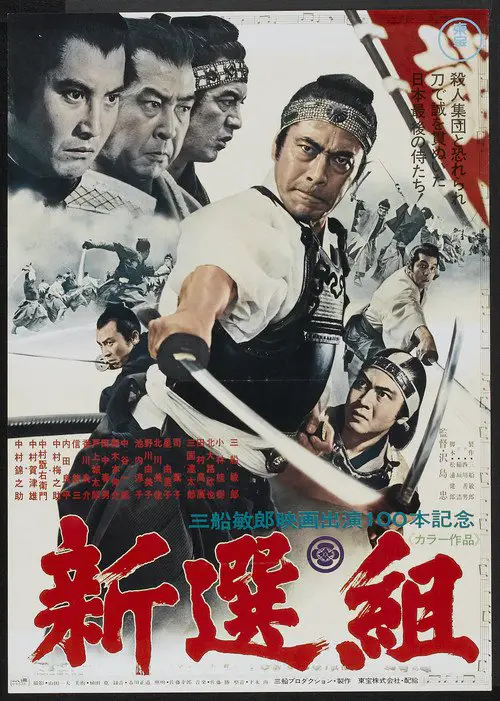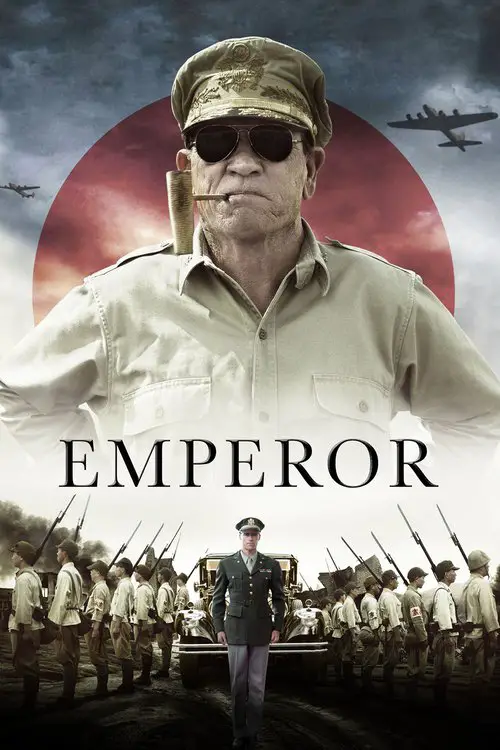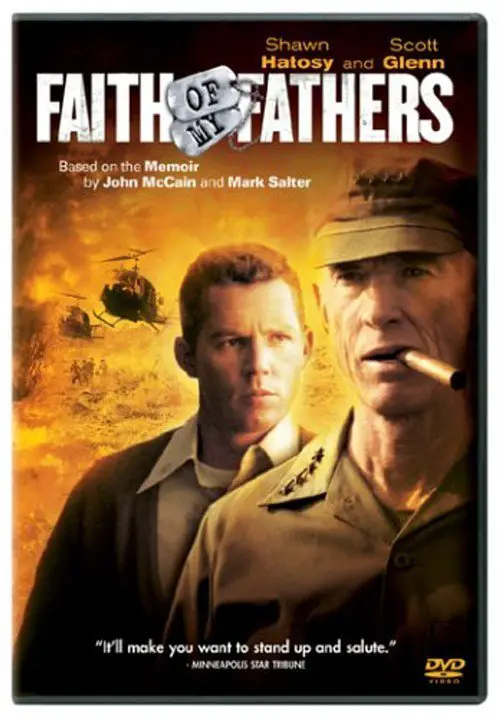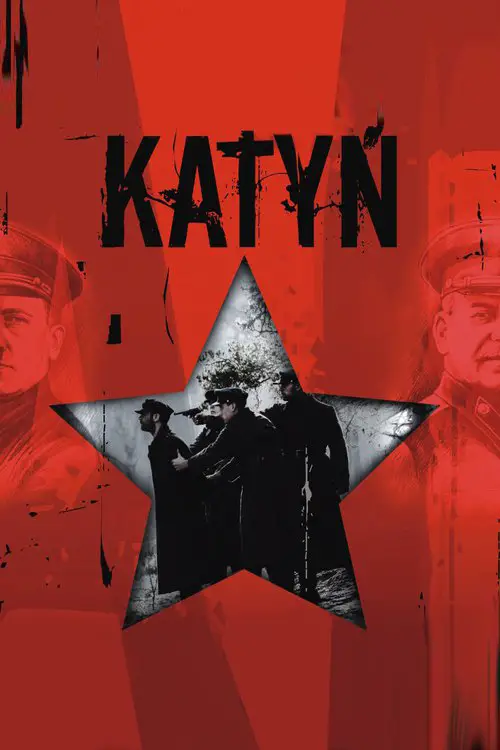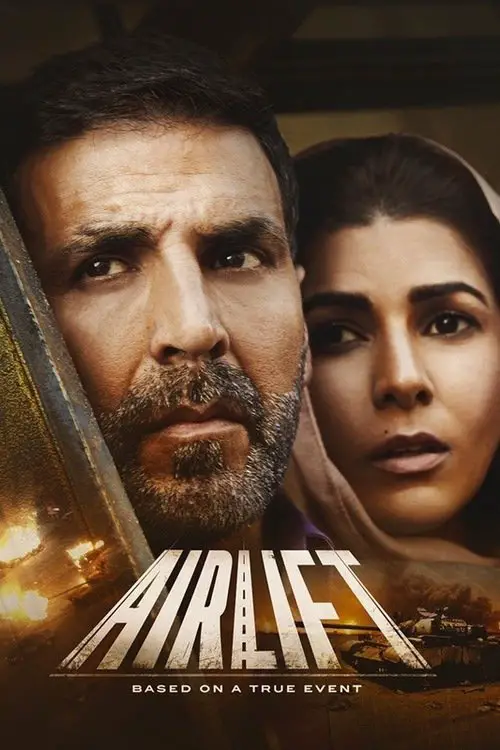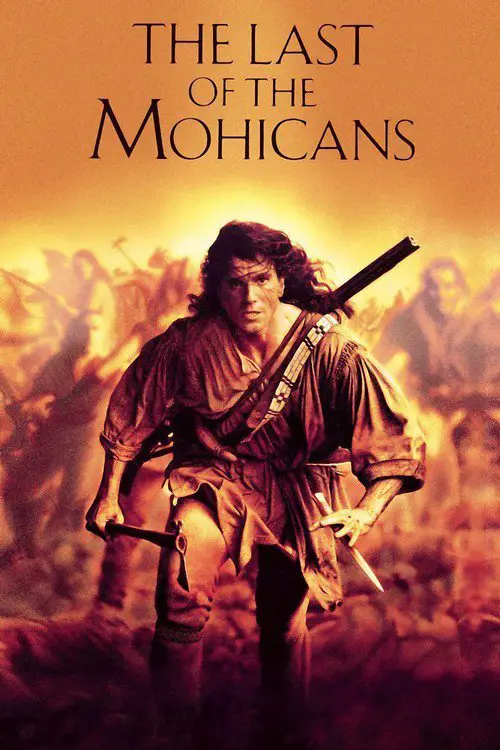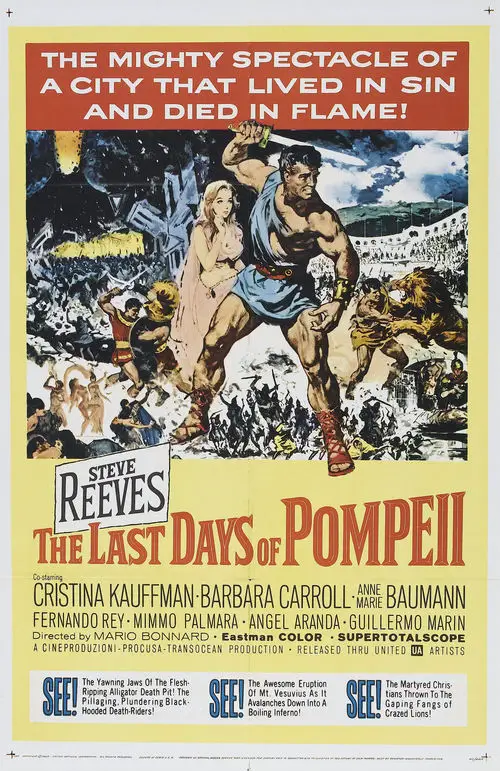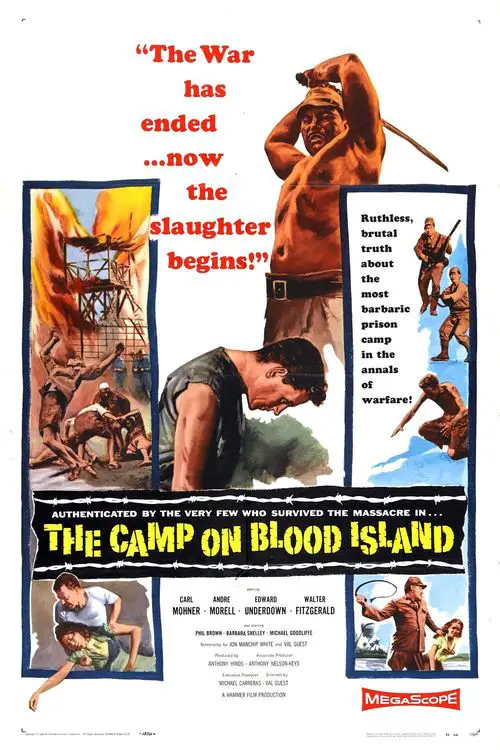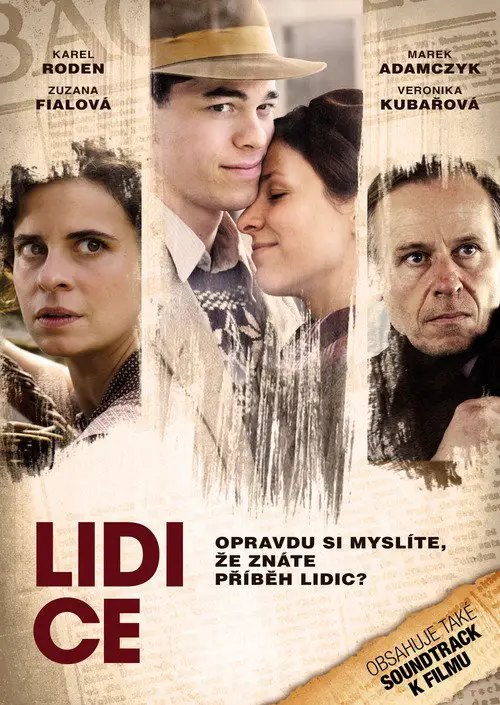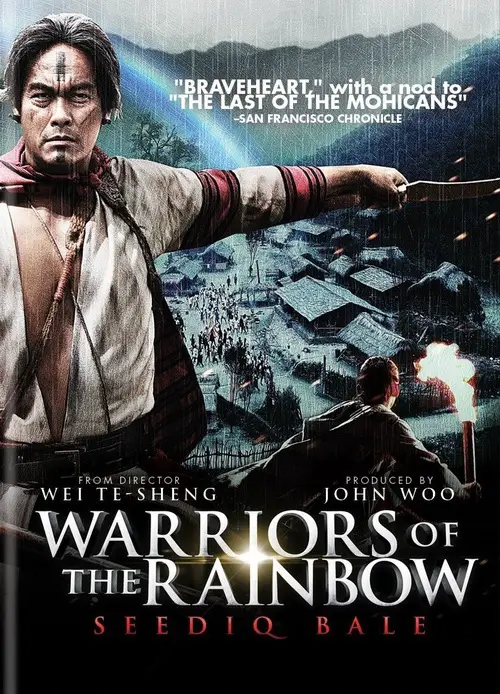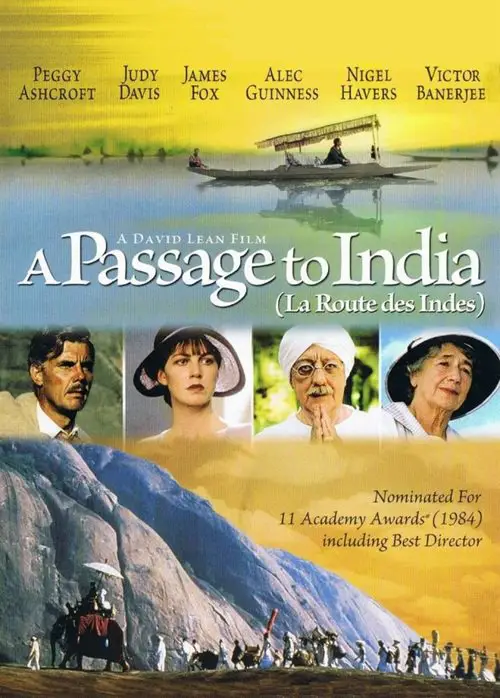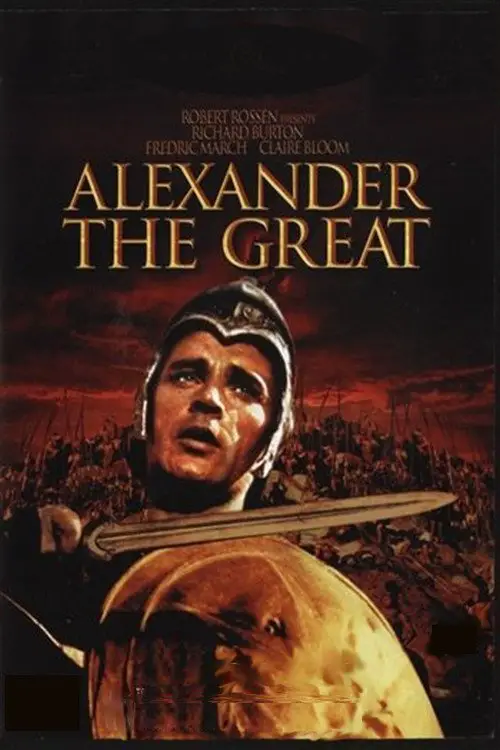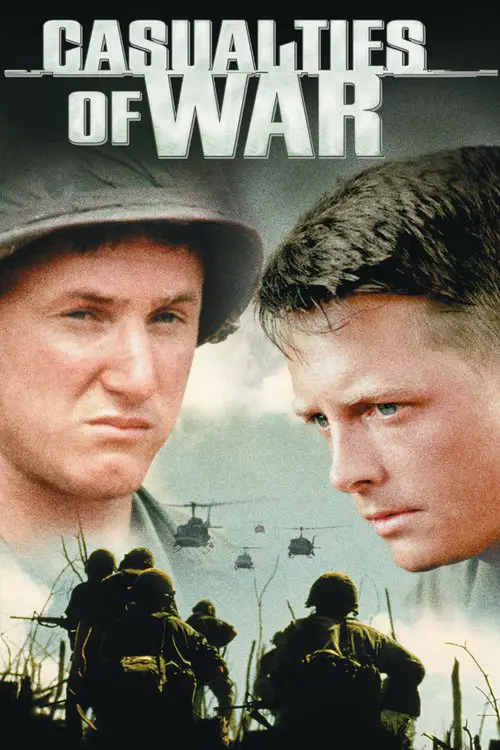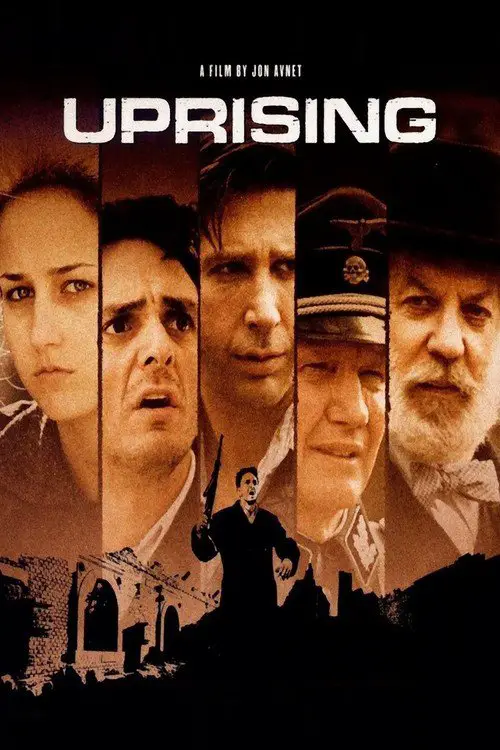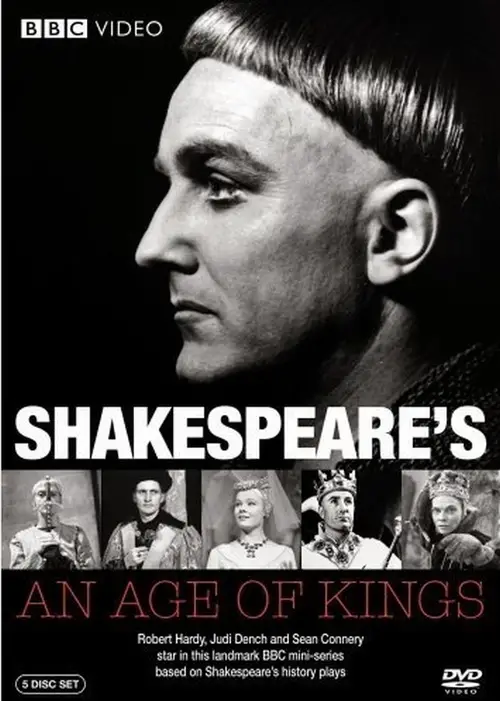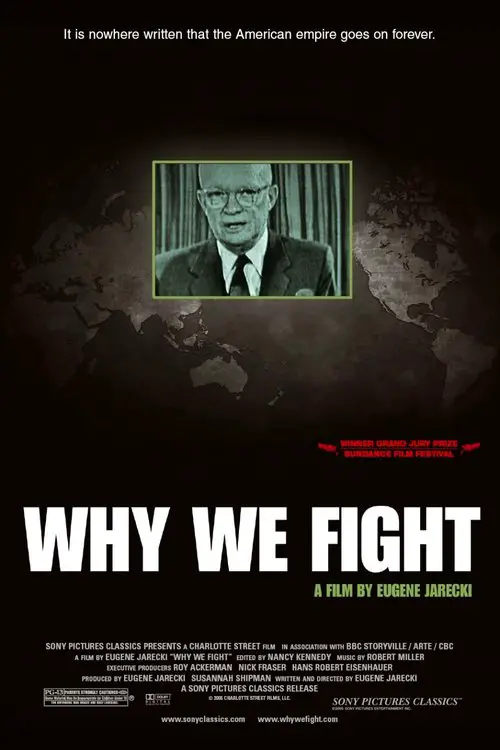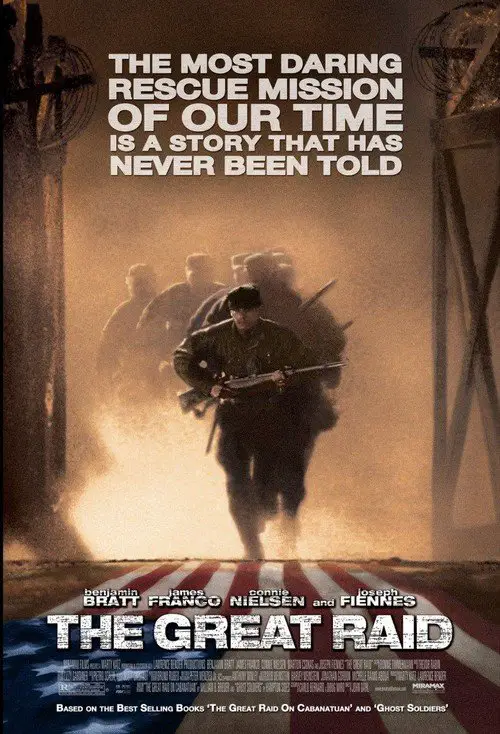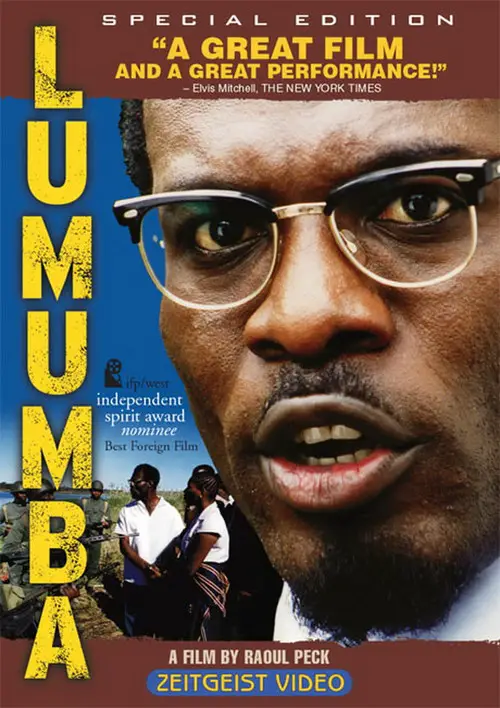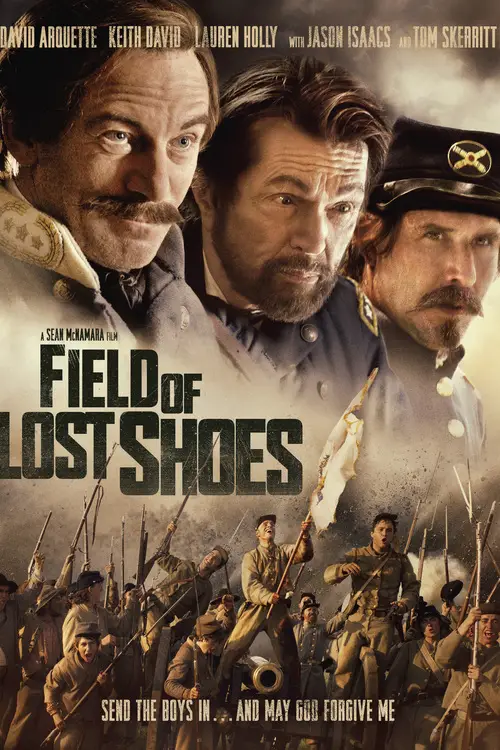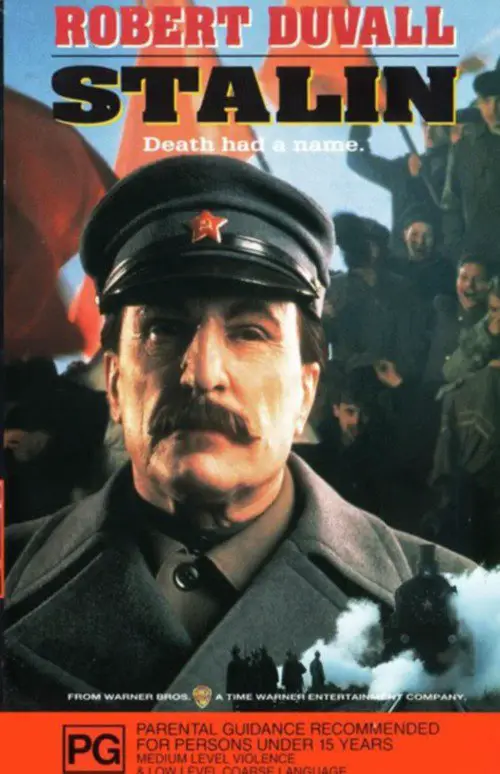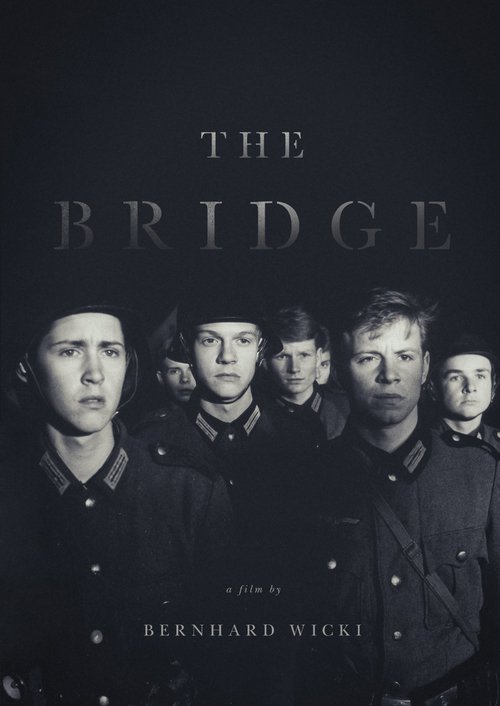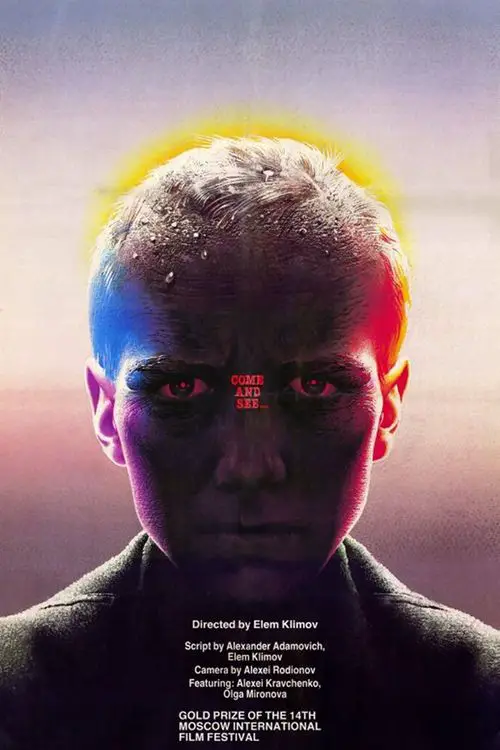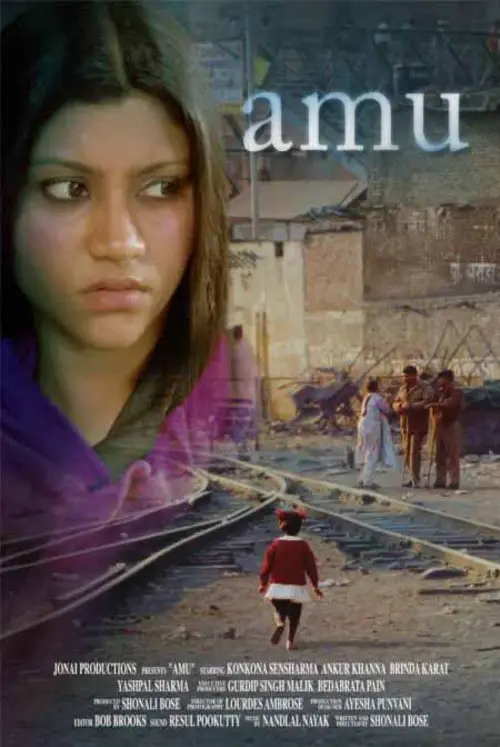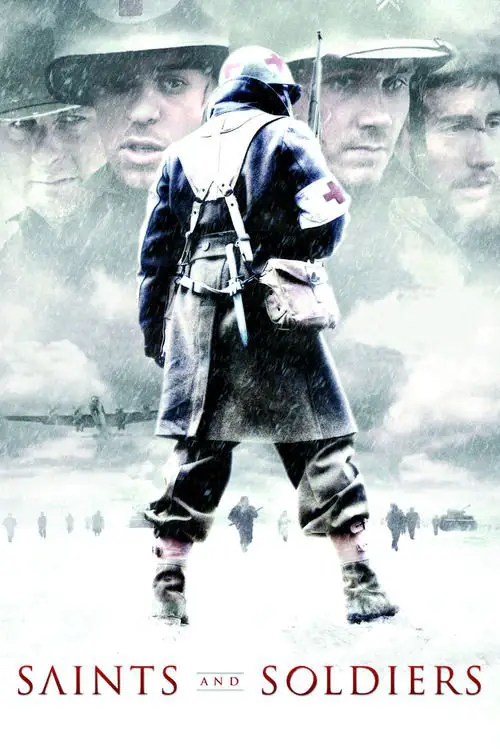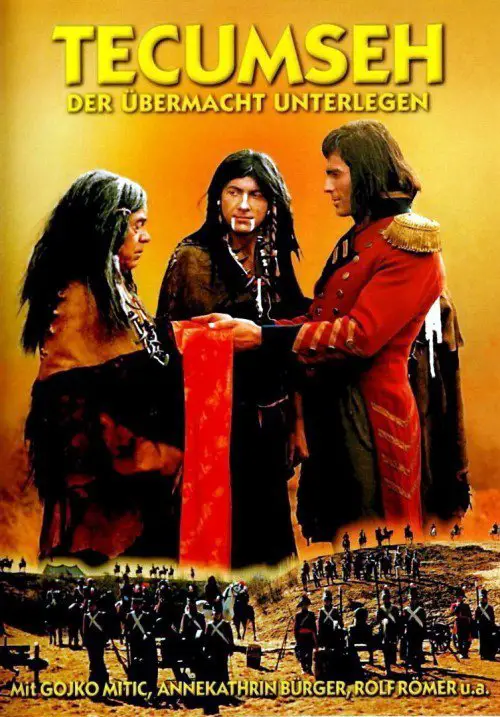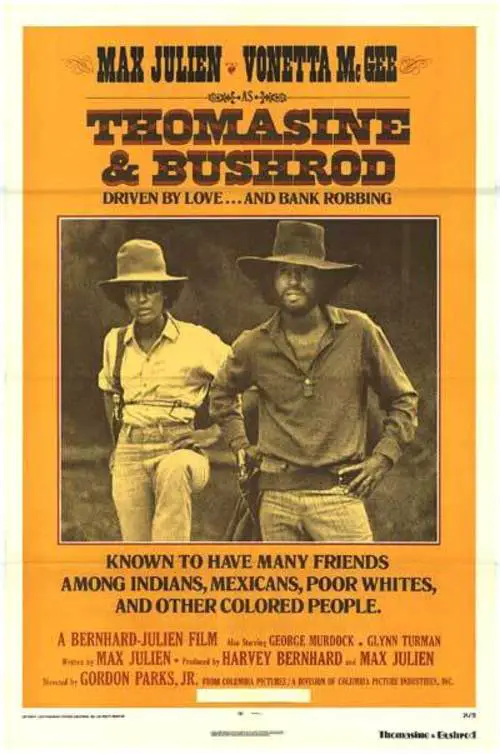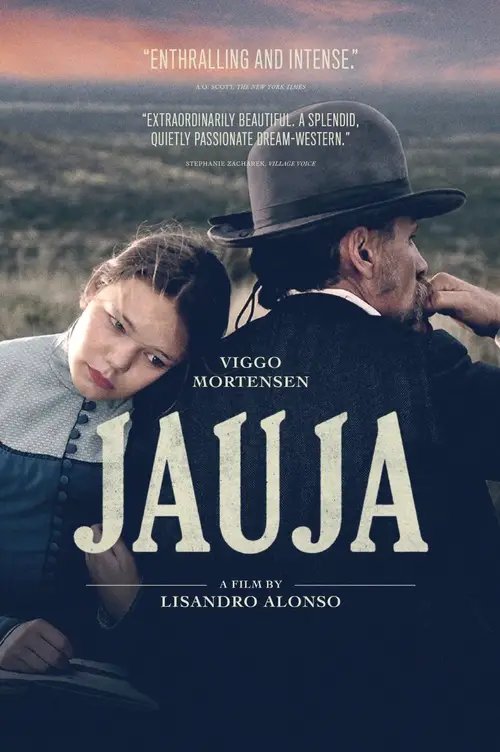Bury My Heart At Wounded Knee (2007)
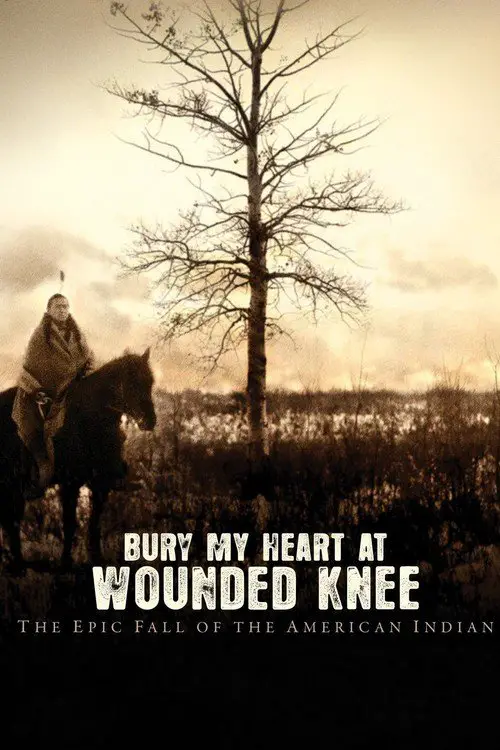
Similar movies
In the 17th century a Jesuit priest and a young companion are escorted through the wilderness of Quebec by Algonquin Indians to find a distant mission in the dead of winter. The Jesuit experiences a spiritual journey while his young companion falls in love with the Algonquin chief's beautiful daughter underneath the imposing and magnificent mountains. Dread and death follows them upriver.
Set in Kansas during the early 1900s, a teen-aged Native American boy is taken from his family and forced to attend a distant Indian "training" school to assimilate into White society. When he escapes to return to his family, Sam Franklin, a bounty hunter of Cherokee descent, is hired to find and return him to the institution. Franklin, a former Indian scout for the U.S. Army, has renounced his Native heritage and has adopted the White Man's way of life, believing it's the only way for Indians to survive. Along the way, a tragic incident spurs Franklin's longtime nemesis, the famous "Indian Fighter" Sheriff Henry McCoy, to pursue both Franklin and the boy.
Report reaches the US cavalry that the Apache leader Ulzana has left his reservation with a band of followers. A compassionate young officer, Lieutenant DeBuin, is given a small company to find him and bring him back; accompanying the troop is McIntosh, an experienced scout, and Ke-Ni-Tay, an Apache guide. Ulzana massacres, rapes and loots across the countryside; and as DeBuin encounters the remains of his victims, he is compelled to learn from McIntosh and to confront his own naivity and hidden prejudices.
The Apache Indians have reluctantly agreed to settle on a US Government approved reservation. Not all the Apaches are able to adapt to the life of corn farmers. One in particular, Geronimo, is restless. Pushed over the edge by broken promises and necessary actions by the government, Geronimo and thirty or so other warriors form an attack team which humiliates the government by evading capture, whi
Set during the Alaskan gold rush of the late 1800's. In his efforts to gain control of a small mining town, Sean McLennon is buying up every mining claim that becomes available, usually after the deaths of the previous owners at the hands of McLennon's 'assistants'. One of the miners targeted by McLennon, a half-Indian hunter named Hudson Saanteek, manages to escape his hired thugs and comes back into town looking to re-establish his claim and get revenge. McLennon and his men have the advantange of numbers and weapons, but Saanteek has his survival skills and knowledge of the Alaskan wilderness.
Archie Grey Owl is a trapper in Canada in the early 1930s when a young Iroquois woman from town asks him to teach her Indian ways. They live in the woods, where she is appalled at how trapped animals die. She adopts two orphaned beaver kits and helps Archie see his way to stop trapping. Instead, he works as a guide, a naturalist writer, and then the Canadian government hires him to save the beaver in a conserve by Lake Ajawaan in Prince Albert National Park. He writes a biography, which brings him attention in Canada and invitations to lecture in England. Before he leaves, he and Anahareo (Pony) marry. In England, his secret is revealed. Will Anahareo continue to love him?
Steven Spielberg executive produced this TNT miniseries about American Westward expansion during the 19th century. Told from both the perspective of the white Wheeler family and the Native American Lakota tribe, the 12-hour epic follows the clans as they struggle to find their place in a country confounded by turmoil and change.
When a lawyer loses an appeal to stop a logging company from clear-cutting Native American land, Arthur, an Indian militant drags him and the kidnapped logging mill manager into the forest. The lawyer's empty talk about how the company's greed should be punished is put into brutal action by Arthur, who tortures the manager in allegorical ways mimicking what loggers do to the forest.
Florida, 1830 - Of all eastern Native American tribes, only the Seminoles have resisted being moved to reservations. Having retreated to Florida, they live a simple horticultural life. But white plantation owners, angry at the increasing numbers of black slaves fleeing to Seminole protection, want to take their land. Plantation owner Raynes, in particular, has convinced the military to wipe out the Seminoles. His rival Moore, a sawmill owner from the North who has a Seminole wife, is against slavery and considers it unprofitable. Chief Osceola sees the coming danger; he tries to avoid provoking the whites, but cannot prevent the war that breaks out in 1835.
City of Life and Death takes place in 1937, during the height of the Second Sino-Japanese War. The Imperial Japanese Army has just captured the then-capital of the Republic of China, Nanjing. What followed was known as the Nanking Massacre, or the Rape of Nanking, a period of several weeks wherein tens of thousands of Chinese soldiers and civilians were killed.
During the Boer War, three Australian lieutenants are on trial for shooting Boer prisoners. Though they acted under orders, they are being used as scapegoats by the General Staff, who hopes to distance themselves from the irregular practices of the war. The trial does not progress as smoothly as expected by the General Staff, as the defence puts up a strong fight in the courtroom.
Near the end of the nineteenth century, as the balance of power shifts from Shogunate towards the Emperor, Japan restlessly awaits the dawning of a new age. But not all are content...The Shinsengumi, a small army of samurai, farmers and peasants, band together to do battle against the tide of history. Their leader, Isami Kondo (Mifune) is a man who rises from farmer to fighter to head the fierce Shinsengumi brigade. Using a stern hand and a heart of gold, he rallies his men in defense of the tottering Shogunate. But bloodshed and treachery lurk around every corner.
A dramatic history of Pu Yi, the last of the Emperors of China, from his lofty birth and brief reign in the Forbidden City, the object of worship by half a billion people; through his abdication, his decline and dissolute lifestyle; his exploitation by the invading Japanese, and finally to his obscure existence as just another peasant worker in the People's Republic.
As the English and French soldiers battle for control of the North American colonies in the 18th century, the settlers and native Americans are forced to take sides. Cora and her sister Alice unwittingly walk into trouble but are saved by Hawkeye, an orphaned settler adopted by the last of the Mohicans.
In 1893, Gandhi is thrown off a South African train for being an Indian and traveling in a first class compartment. Gandhi realizes that the laws are biased against Indians and decides to start a non-violent protest campaign for the rights of all Indians in South Africa. After numerous arrests and the unwanted attention of the world, the government finally relents by recognizing rights for Indians, though not for the native blacks of South Africa. After this victory, Gandhi is invited back to India, where he is now considered something of a national hero. He is urged to take up the fight for India's independence from the British Empire. Gandhi agrees, and mounts a non-violent non-cooperation campaign of unprecedented scale, coordinating millions of Indians nationwide. There are some setbacks, such as violence against the protesters and Gandhi's occasional imprisonment. Nevertheless...
Based on the Edward Bulwer-Lytton novel. Set in the shadows of Mt. Vesuvius just before its famous eruption, the film begins with Glaucus, a Roman legionnaire, returning to his home from far-off wars. Upon arriving, however, he discovers that his father has been murdered by a gang of black-hooded looting bandits. Glaucus vows revenge against the killers, but just how high up are those involved?
Set in a Japanese prisoner of war camp during World War II, the film focuses on the brutality and horror that the allied prisoners were exposed to as the Japanese metered out subjugation and punishment to a disgraced and defeated enemy. This harrowing drama concentrates on the deviations of legal and moral definitions when two opposing cultures clash. Although fictional, this was one of the earliest films to deal realistically with life and death in a Japanese prisoner-of-war camp during the Second War.
PÅÃbÄh Lidic, je pÅÃbÄhem obyÄejných lidÃ, kteÅà se absurdnà shodou náhod pÅipletli do cesty dÄjinám. Film pÅibližuje osudy obyvatel Lidic skrz mezilidské vztahy, a to zejména lásku, která stojà na zaÄátku celého pÅÃbÄhu. Rok 1942 â nÄmecká propaganda úzkostlivÄ tajà genocidu páchanou na civilnÃm obyvatelstvu. Po atentátu na druhého muže tÅetà ÅÃÅ¡e Reinharda Heydricha vÅ¡ak udÄlá výjimku. Po vypálenà malé Äeské vesnice Lidice, vÅ¡e vyhlásà do svÄta. Jako záminka k vypálenà obce staÄà jeden milostný dopis. V dobÄ svého tragického konce, v Äervnu 1942, mÄly Lidice za sebou dÄjiny trvajÃcà nejménÄ Å¡est staletÃ. Nacisté chladnÄ popravili vÅ¡echny lidické muže, ženy a dÄti nechali pÅevézt do koncentraÄnÃho tábora. NÄkteré dÄti dali na pÅevýchovu. Celková bilance â 192 popravených mužů, 58 žen zemÅelo v koncentraÄnÃch táborech a 88 dÄtà bylo posláno do plynu. Obec Lidice byla vymazána z map a srovnána se zemÃ. Výpravný velkofilm Lidice je natoÄen podle skuteÄné události.
Mouna Rudo was born and raised among the Seediq people, an indigenous tribe in Taiwan, and as he grew to be a man he became a member of the Seediq Bale, a courageous band of native warriors. However, Rudo's way of life is threatened under the yoke of occupying forces from Japan, who took over the nation in 1895. As Rudo sees the traditions and honor of his people stripped away, he realizes the time has come to fight back, and in 1930 he brings together a group of former Seediq Bale soldiers, many of whom have been reduced to infighting, and molds them into a revolutionary army. Rudo and his comrades make their stand when they confront Japanese occupation troops at a youth athletic event, leading to a violent confrontation between the Seediq forces and their oppressors. Warriors of the Rainbow: Seediq Bale - Part 2: The Rainbow Bridge is Part two of the two-part, four-hour Taiwanese edition of the film Warriors of the Rainbow.
The film is set during the period of growing influence of the Indian independence movement in the British Raj. It begins with the arrival in India of a British woman, Miss Adela Quested (Judy Davis), who is joining her fiancé, a city magistrate named Ronny Heaslop (Nigel Havers). She and Ronny's mother, Mrs. Moore (Peggy Ashcroft), befriend an Indian doctor, Aziz H. Ahmed (Victor Banerjee).
He was a fierce military commander who led huge armies into battle without a single defeat; a magnificent warrior who many believed was part god - this was Alexander the Great (Richard Burton), the legendary Greek hero hailed by his countrymen as "The King of Kings". Born in 356 B.C. into a turbulent world of political unrest, educated by Aristotle (Barry Jones) and chosen to lead his people in the grand tradition of his powerful father (Fredric March), this glamorous world conqueror rose above all conflict to unite the continents of Europe and Asia to become one of the most celebrated rulers of all time! Written, produced and directed by Oscar - winner Robert Rossen and featuring the extraordinary Claire Bloom and a remarkable cast of thousands, this stunning portrait of one of history's most fascinating figures is colossal entertainment and an amazing spectacle.
The true story of the rise to power and brutal assassination of the formerly vilified and later redeemed leader of the independent Congo, Patrice Lumumba. Using newly discovered historical evidence, Haitian-born and later Congo-raised writer and director Raoul Peck renders an emotional and tautly woven account of the mail clerk and beer salesman with a flair for oratory and an uncompromising belief in the capacity of his homeland to build a prosperous nation independent of its former Belgium overlords. Lumumba emerges here as the heroic sacrificial lamb dubiously portrayed by the international media and led to slaughter by commercial and political interests in Belgium, the United States, the international community, and Lumumba's own administration; a true story of political intrigue and murder where political entities, captains of commerce, and the military dovetail in their quest for economic and political hegemony.
A group of German boys are ordered to protect a small bridge in their home village during the waning months of the second world war. Truckloads of defeated, cynical Wehrmacht soldiers flee the approaching American troops, but the boys, full of enthusiasm for the "blood and honor" Nazi ideology, stay to defend the useless bridge.
The invasion of a village in Byelorussia by German forces sends young Florya (Alexei Kravchenko) into the forest to join the weary Resistance fighters, against his family's wishes. There he meets a girl, Glasha (Olga Mironova), who accompanies him back to his village. On returning home, Florya finds his family and fellow peasants massacred. His continued survival amidst the brutal debris of war becomes increasingly nightmarish, a battle between despair and hope.
Nathan Algren is an American hired to instruct the Japanese army in the ways of modern warfare -- in this lush epic set in the 1870s, which finds Algren learning to respect the samurai and the honorable principles that rule them. Pressed to destroy the samurai's way of life in the name of modernization and open trade, Algren decides to become an ultimate warrior himself and to fight for their right to exist.
Amu is the story of Kaju, a twenty-one-year-old Indian American woman who returns to India to visit her family and discover the place where she was born. The film takes a dark turn as Kaju stumbles against secrets and lies from her past. A horrifying genocide that took place twenty years ago turns out to hold the key to her mysterious origins.
At the beginning of the 19th century, white settlers regularly make and break treaties with the Native American inhabitants to gain possession of vast hunting grounds at ludicrously low prices without any bloodshed. Harrison, Governor of Indiana, has made and broke no less than fifteen such treaties, driving increasing numbers of Indians out to the infertile West. To put a stop to this criminal practice, the Shawnee Chief Tecumseh tries to unite the Native Americans.
A rare blaxploitation classic starring Vonette McGee & Max Julien, Thomasine & Bushrod was intended as a counterpart to Bonnie and Clyde. This pair of thieves, who operate in the American south between 1911 and 1915, pattern themselves after Robin Hood and hold the White Establishment as (a 'modern-day') Sheriff of Nottingham. Here's the clincher-- Thomasine and Bushrod steal from rich, white capitalists, then give to Mexicans, Native Americans and poor whites.
© Valossa 2015–2025
| Privacy Policy
